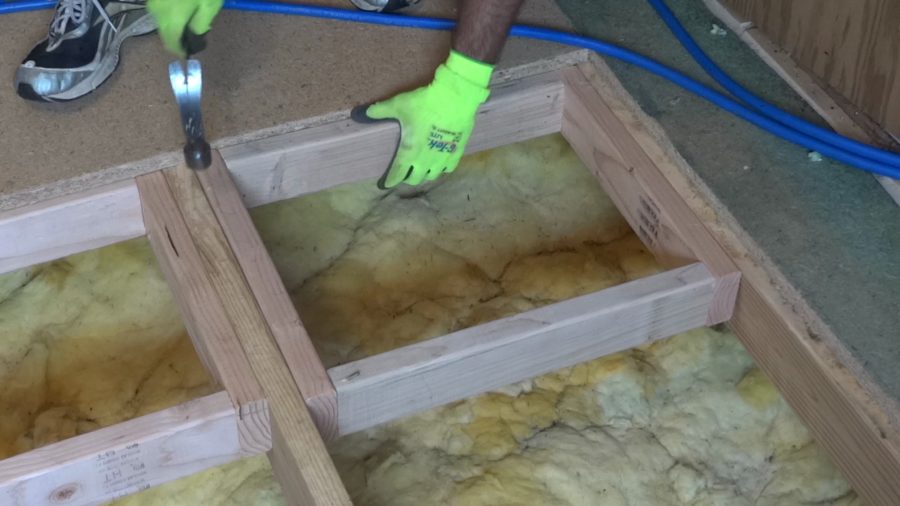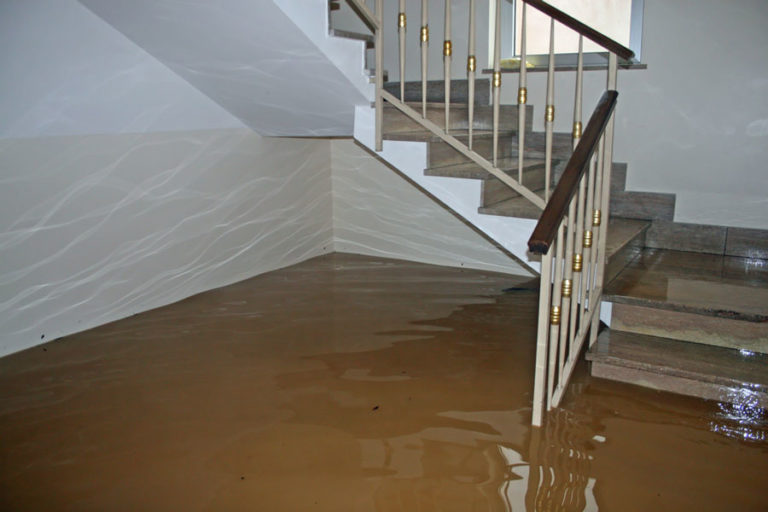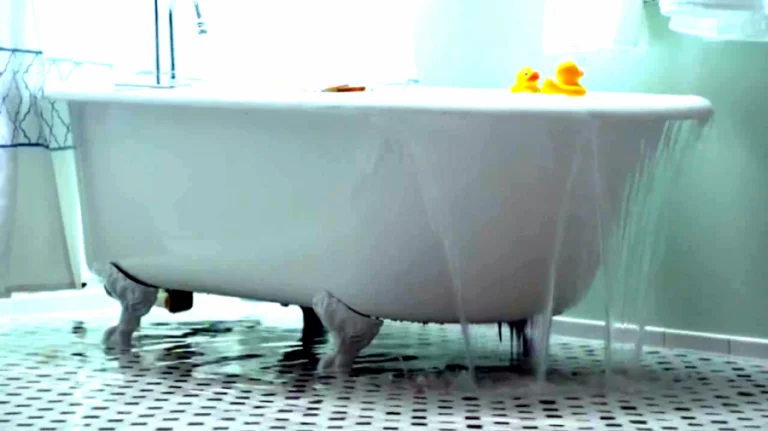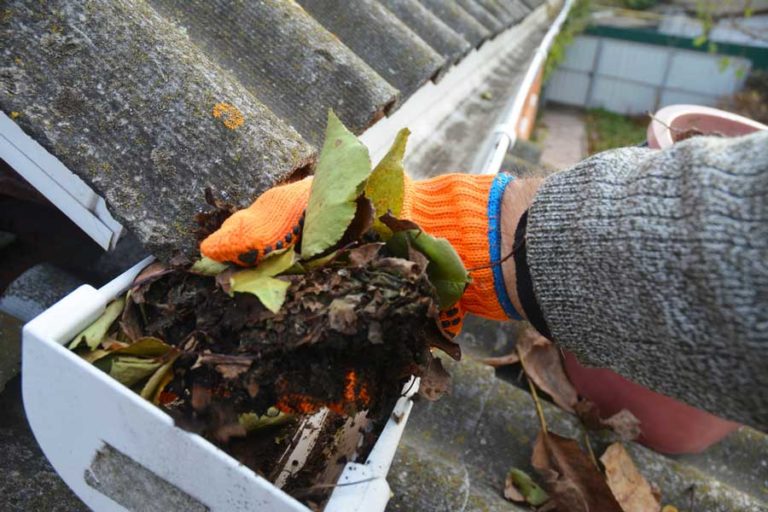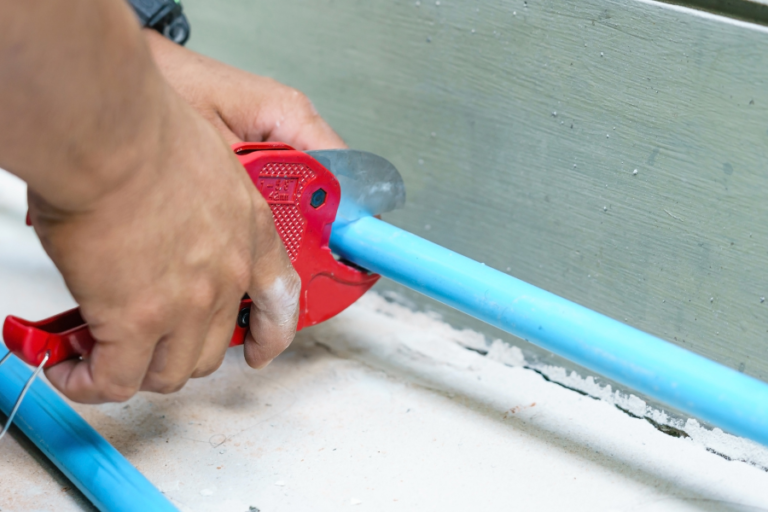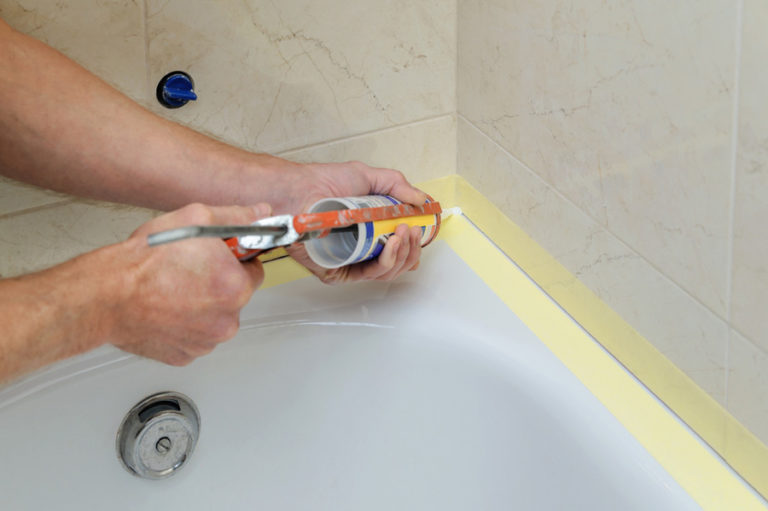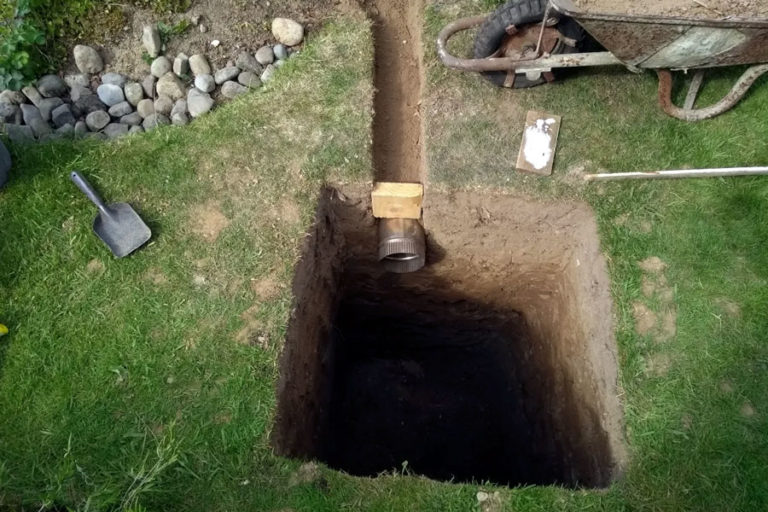How to Fix A Water Damaged Subfloor
If you have a water damaged subfloor, you have the opportunity to repair it. Subfloors can obtain water damage for many reasons, such as plumbing failures or natural events. If you notice large amounts of water on your floor, you may be able to dry it before damage occurs.
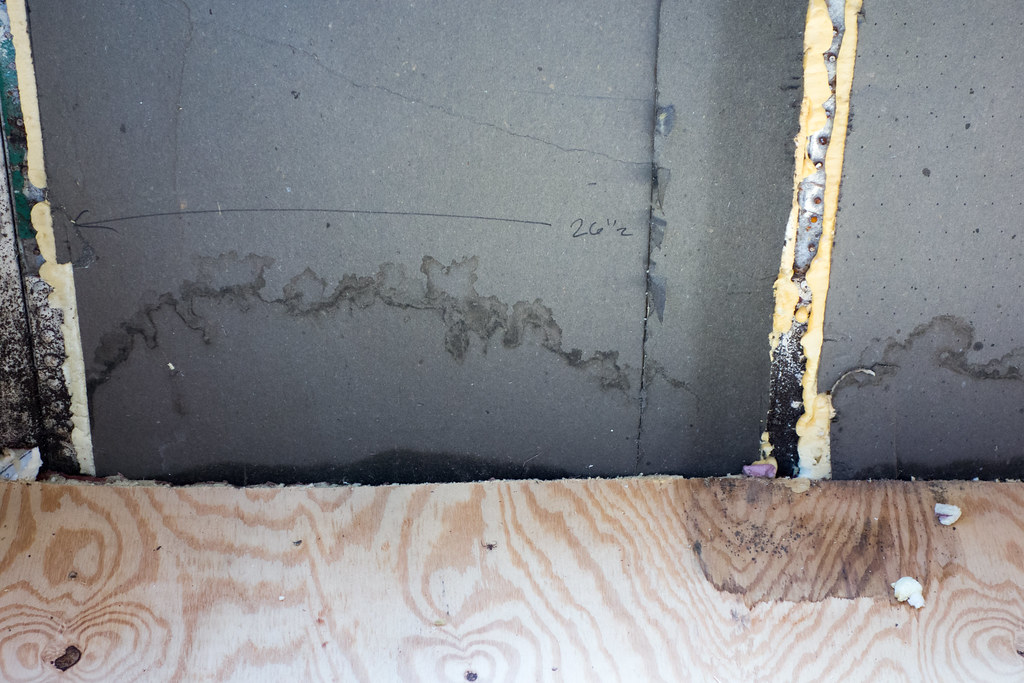
Find the Cause
There are many things that could be causing water damage to your floors. If it wasn’t due to an unfixable occurrence, natural events or big spills, then there is something causing the problem that needs to be fixed. For situations like these, we recommend calling a plumber to diagnose the problem and fix it.
Remove Baseboards and Carpet
After you solve the underlying issue, it’s time to remove everything that could be in the way. Remove the carpet surrounding the affected area. In this situation your carpet will most likely also have damage. If the water damaged subfloors are near any baseboards, remove those to make sure there is no damage.
Mark the Area
Using something like chalk to mark out the area will make the cutting process easier. Doing this will make the process more efficient. It’s also important to note where the floor joists are located underneath the floor. We suggest using a stud finder to do this.
Cut the Flooring
Before you start this process, make sure to wear protective gear. A dust mask, goggles, and gloves will protect you from dust. Use a circular saw set with a 1-inch depth and carefully cut the floor. It’s important to cut as closely to the floor joists as possible.
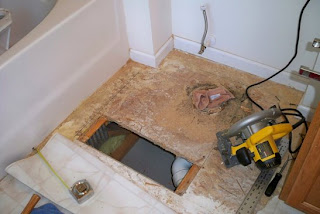
Remove Damaged Materials
After you have cut the water damaged subfloor, remove the damaged materials. Remove leftover nails and debris. For the small pieces of dust and debris, use a vacuum to clean up the rest of the mess.
Allow to Dry
Before you can go any further with the repairs, make sure the area is completely dry. Place a dehumidifier and fans around the area to help speed up the process. Depending on how wet the area is, this can take multiple days to completely dry.
Floor Joists
After you are sure the area is dry, it’s time to look at the floor joists. The joists that were affected by the water damaged subfloor will need to be reinforced. This will strengthen them to make your floor stronger as a whole.
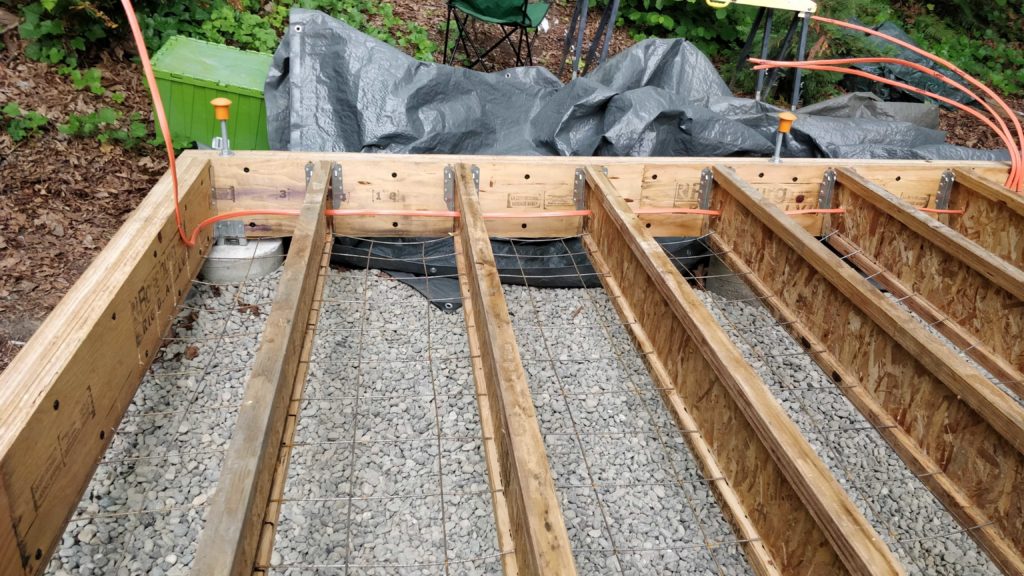
Install New Flooring
It’s finally time to install the new flooring. The first step is to measure the new flooring and cut it out to be the size of the empty space. After you’ve cut out the new material, use deck screws or a screw gun to put the flooring in place.
Final Thoughts
If you notice your floor is wet, try drying and see if that solves the problem. If you notice the floors are saggy, damp, or musty smelling, you may have water damage. Follow the steps above to fix the floor and make it as good as new. If you don’t feel comfortable fixing the floor on your own, call a professional to take care of the issue for you.
Call 1-Tom-Plumber
Don’t hesitate to contact us or call us at 1-Tom-Plumber (1-866-758-6237) if you need a plumbing or water damage service. We will immediately handle any emergency plumbing, drain, and water damage problem, including excavation of underground water lines and sewer main lines.

